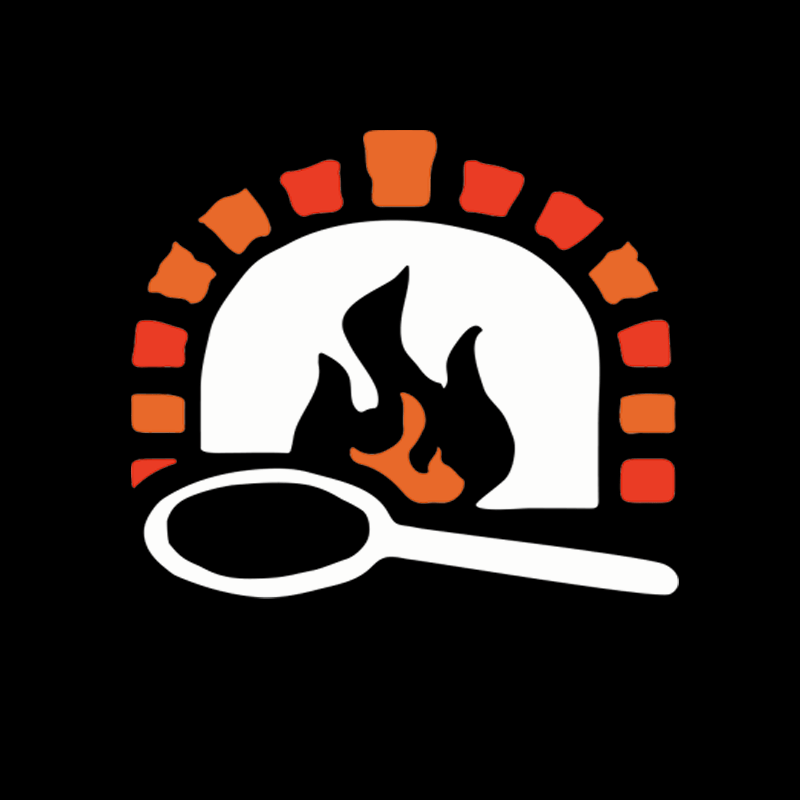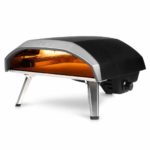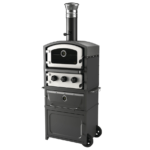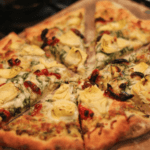How Do You Vent An Indoor Pizza Oven?
Venting your indoor pizza oven is essential for keeping the oven running efficiently, reducing risks of fires and ensuring a safe environment for those using it. By taking time to understand different ventilation options and local codes, you can make sure your pizza oven stays in top condition while continuing to make delicious pizzas.
With this blog post, we will guide you through the process of properly venting your indoor pizza oven – from choosing the right type of hood or chimney system to safety considerations when installing any ventilation appliance.
Proper Venting For Indoor Pizza Ovens
Having A Stovepipe Installation To Draw Smoke Away From The Oven
This is a necessary step. It helps the smoke to escape out of the room and prevents harm from inhalation.
The pipe should be very sturdy in order to effectively remove all of the combustible materials away from your cooking area, as well as create a barrier so that drafts don’t take airborne contaminants back into the kitchen or living space.
All building codes must be followed when installing any stovepipe, including ensuring sufficient distance between flammable material and any chimney or hood installation device for proper exhaust.
This is especially important for wood-fired pizza ovens where burning wood creates heat, smoke, and other harmful pollutants that can accumulate inside if not properly vented outdoors with a strong pipe system.
Proper airflow through 1200 CFM (Cubic Feet per Minute) ventilation systems also are essential for maximum combustion efficiency in gas-powered models.
Hood Installation With 1200 CFM Air Flow
Yet an important consideration when working with an indoor pizza oven. With a hood built to the recommended specs, steam, smoke, and other contaminants created by cooking can be effectively removed.
The ideal airflow for this type of ventilation is 1200 CFM or greater. This volume of airflow helps ensure that heat isn’t drawn out of the oven during the extraction of pollutants and exhausted away from the food preparation area for cleanliness and clarity.
As smoke rises up through the hood, it goes into a dedicated exhaust duct system which transports gas outdoors.
For best performance and long-term durability, it’s suggested to use stainless steel construction for the range hood – its highly resistant nature makes cleanup easy after each meal prep session in addition to resisting corrosion over regular wear and tear from everyday use.
Safety Considerations For Venting
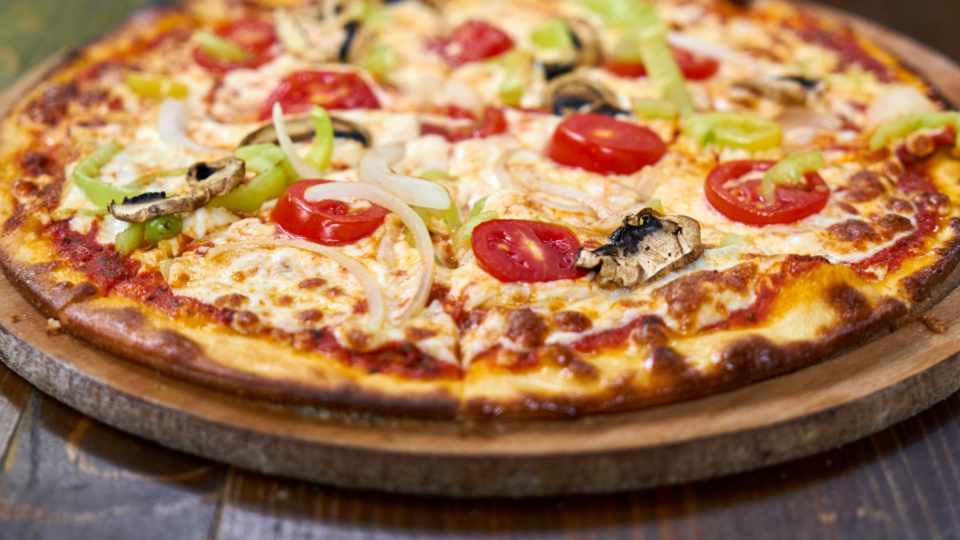
Allow 6-inch Space Between Anchor Plate Or Flue And Flammable Materials
When venting an indoor pizza oven it is vital to allow a minimum of 6 inches of space between the flue or anchor plate and any combustible material. Ensuring that this clearance is adhered to helps minimize the risk of fires occurring in your kitchen.
Due to heat generated from wood burning, without proper spacing sparks produced can ignite nearby paper products, wooden furniture, curtains etc., resulting in a fire hazard.
It’s important to contact local HVAC experts who are experienced when dealing with such installations as they are able to help you identify where vents should be placed and if outside air intakes will also need installing for adequate ventilation so as not to increase smoke within the kitchen environment.
Furthermore, when installing a wood stove chimney through either a wall or rod two-inch clearance must be maintained from any combustible materials on both pipe sections.
Consult HVAC Experts For Proper Installation
Proper installation of ventilation systems for indoor pizza ovens is essential for safety and longevity. If done incorrectly, there are significant risks associated with fire hazards, hazardous fumes, or other building damage resulting from improper installation.
This is why it’s absolutely crucial to consult professional HVAC experts when installing a pizza oven.
HVAC professionals have the right experience and qualifications needed to get the job done safely, minimizing risks while ensuring that all regulations and rules are met in order to safeguard buildings and individuals alike.
They understand building codes as well as safety considerations inside out since they deal with them on a daily basis when performing their job duties in related fields.
Choosing The Right Ventilation System
Consider Front Chimney Or Central Ventilation For Pizza Ovens
When it comes to indoor pizza ovens, proper ventilation is important in order to draw away smoke and contaminants produced by the cooking process. The two most common systems for venting an indoor pizza oven are the front chimney and the central ventilation system.
Front chimneys involve positioning flues directly above the oven opening with a straight-up chimney line, which encourages airflow surrounding their walls as they burn hot.
This option creates hot airflow throughout your kitchen while efficiently eliminating all contaminants from cooking with the hot air being expelled out of the outlet directly where you want it.
On the other hand, centralized ventilation takes advantage of combining a concentrated hood design within an enclosed space placed over the top of a larger area such as an island unit stovetop or range in order to better control airflow and allow more efficient extraction for multiple appliances at once.
This can be beneficial if there is limited wall/ceiling mounting space available due to its configuration which eliminates ductwork overhead that could otherwise create clutter in ceilings and walls, making them easier to clean too.
Follow Building Codes And Regulations For Installation
It is vital that indoor pizza ovens are installed according to UK building regulations and codes. These include Building Regulations Part F, which sets out ventilation requirements for installing solid fuel appliances safely in areas subject to occupancy or used for sleeping.
Most local authorities will require approval prior to installation, so it’s necessary to seek competent advice before commencing any project involving a pizza oven. Additionally, the Health & Safety Executive recommends always consulting an expert when purchasing a solid fuel appliance.
When considering different types of ventilation solutions—such as front chimney systems or central ventilators—it is important to pay close attention to safety standards, product fire ratings and building regulations compliance as non-compliance may be seriously dangerous and illegal.
Avoiding flammable materials within six inches near anchor plates/flues can help reduce the risk of fire hazards and improper airflow may cause plenty of smoke inside your home.
Conclusion
To ensure a safe and pleasant experience for all involved, proper ventilation is essential when installing an indoor pizza oven. For wood-fired ovens, flue systems that draw out smoke away from the space should be incorporated with strong airflow ratings to prevent fires in the kitchen area.
UL standards require a hood venting system with 1200 CFM of airflow or higher for efficient exhaust action due to grease, smoke and smells produced during cooking. Proper installation based on local codes can help protect both those using and occupying the same space as well as increase efficiency within the pizza oven itself by providing necessary fresh air intake components.
